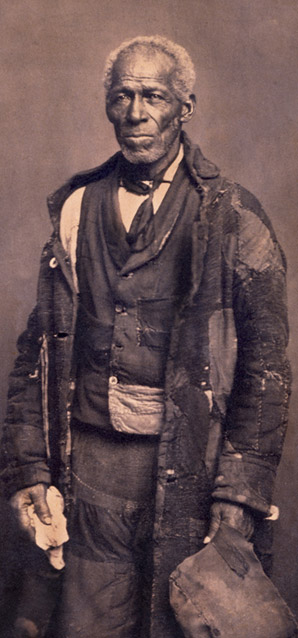Although “Free Trade and Sailor’s Rights” is often touted as the motivation for sailors to go to war, there were also mercenary motives.
Privateer crews were “composed of all nations; they appeared to have been scraped together from the lowest dens of wretchedness and vice, and only wanted a leader to induce them to any acts of daring and desperation.” Sailor George Little

Maryland Historical Society
Prize money served as an important incentive encouraging men to serve at sea. This was true for the regular navy, and was even more significant for the men who signed aboard the more than 500 authorized privateers—privately owned ships commissioned by the government to capture enemy commerce in a form of legalized piracy. Nations used privateers to raid commerce, capture supplies, and injure the enemy’s economy. Privateers tended to avoid ship-to-ship battles and were usually fast sailing schooners and sloops packed with men. Speed enabled the privateer to run down any merchant vessel it came across and to out-sail British naval vessels. Large crews for these smallish ships intimidated merchant vessels into surrendering, and they provided manpower for prize crews to take the captured vessel to a friendly port.
Privateers often had polyglot crews, which were, as common seaman George Little explained, “composed of all nations; they appeared to have been scraped together from the lowest dens of wretchedness and vice, and only wanted a leader to induce them to any acts of daring and desperation.” These ships also had plenty of inexperienced men who were “not making money fast enough” on land and decided to “cruise for dollars, where they were to be found in greater plenty” than in their hometowns. Although the British managed to capture many of these ships, privateersmen continued to slip out to sea, exacting a heavy toll on British shipping. In all, privateers damaged the British economy more severely than did the American navy: 23 American navy vessels captured 254 ships; the total privateer haul was 1,345 ships for a net worth of $45.5 million.
Part of a series of articles titled “The Luxuriant Shoots of Our Tree of Liberty:” American Maritime Experience in the War of 1812 .
Last updated: August 16, 2017
